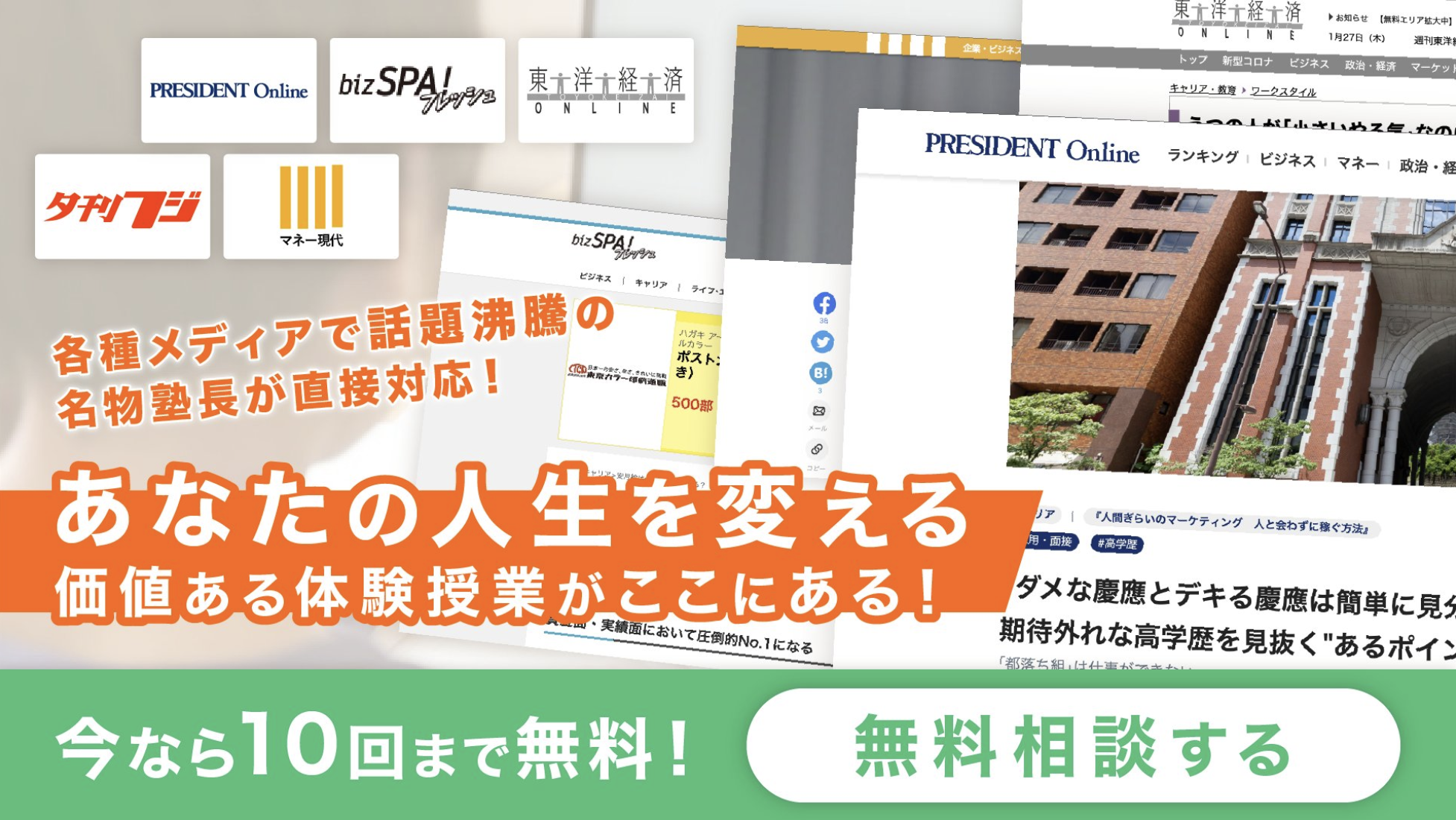- Professor Sayuri Shirai
Introduction of the discussion
The Bank of Japan set a price stability target of 2% with the aim of escaping from the deflationary economy over 15 years, and implemented the “Quantitative and Qualitative Monetary Easing Policy” in April 2013 to achieve this goal.
This is a policy that lowers the target level of short-term interest rates in financial markets and supplies short-term funds to realize them.
However, if the short-term interest rate is in the “zero interest rate” state, the monetary easing policy will stall because it cannot be further reduced.
Therefore, the Bank of Japan adopted a policy to promote additional monetary easing by lowering long-term interest rates, which still have room for reduction, and bought a large amount of long-term government bonds. This is the expansion policy of monetary easing implemented in October 2014.
Finding the problem
However, since this is an almost unprecedented policy, it is difficult to say that the path of influence of how government bond purchases affect financial capital markets and realize price stability targets is not understood.
Argument
The path of influence consists of several routes.
For example, if the Bank of Japan announces its commitment to a monetary easing stance to the market, the announcement will have an effect of making market expectation regarding the “future short-term interest rate pathway” downward and leading to a decline in long-term interest rates.
Here, empirical analysis is a verification method whether the theories and hypotheses are correct or not using statistical data. According to empirical analysis, the effect of lower interest rates can be seen in the aspect of an increase in funding demand by companies, but the price stability target has not been achieved at present.
Conclusion
Therefore, I would like to dig deeper into the factors that will prevent inflation from rising as expected despite the increase in the amount of funds in the financial market due to monetary easing.
Examining the conclusion
By studying with Professor Sayuri Shirai, who specializes in macro monetary policy as a former member of the BOJ Policy Committee, I am sure that I could obtain various perspectives regarding my research and it would open up new horizons for me.
Therefore, I believe that Keio University’s Faculty of Policy Management is the most suitable place for pursuing my research and social contributions, and I am aspiring to enter your school and study in your laboratory.






コメントを残す